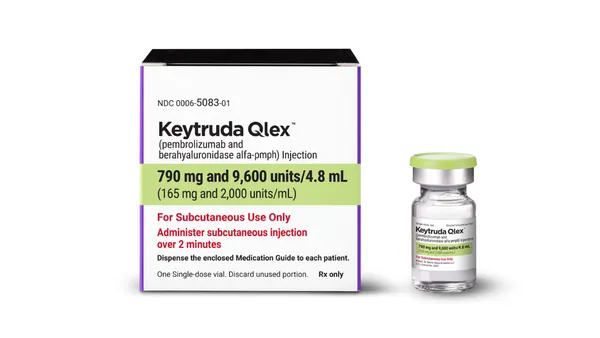Hitting the Moving Target: Reaching Key Decision Makers to Avoid Therapeutic Substitution The Media Mix Linda Ciccarelli Senior Media Director Gwen Canter Media Director Jasmine Robinson Assistant Media Director The right media mix directed toward influential targets should align with marketing efforts allowing marketers to make the biggest impact for their brands. Today’s pharmaceutical marketplace is cluttered with competition. It is increasingly challenging to gain market share if a product isn’t first to market or first in its class. This climate makes brands susceptible to generic and therapeutic substitutions — a different medication, not just a different brand of medication, than a physician prescribed — by pharmacists as a requirement of plan directors. Chain pharmacists recommend substitutions for one of every four prescriptions and patients accept the substitutions 65% of the time. Expanding Audience Reach Media promotion must reach beyond physicians to support marketing efforts that ward off therapeutic substitution. Target audiences, such as formulary decision makers and retail pharmacists, need to be reminded of the overall health and financial benefits of a brand in an effort to gain top-tier formulary status. Managed-care organizations often notify their members months in advance of the availability of clinically proven substitutes as a way to achieve rapid adoption of generic medications and therapeutic equivalents. At launch, brand managers and their agencies need to quickly reach early adopters, such as managed-care and retail pharmacy decision makers, with targeted messaging that promotes brand efficacy, safety, and tolerability. If a brand is not on the top tier of a formulary and there are comparable products available on the market, brand loyalty needs to be fostered among every member of the healthcare team. Each target needs to be exposed to ad messaging in a “language” that he or she understands. For example, an ad that screams efficacy to a physician will not register with a managed-care executive who is looking at the impact of total healthcare cost along with brand benefits. Likewise, an ad that contains pages of dense clinical data will not be as relevant to a retail pharmacist who may be focused on dosage, formulation, and drug interactions. Expanding Life-Cycle Reach Promotional efforts need to reach beyond the launch phase of a product to sustain loyalty and maintain or improve formulary status. Late adopters — who are the majority — should not be ignored when focusing on expanding brand usage and driving prescriptions postlaunch. Consistent exposure to positive brand messaging has a definitive impact on brand perception, thereby driving loyalty with target audiences throughout the life cycle of a drug. Media campaigns need to be adapted to work in tandem with other initiatives focused on eliminating therapeutic substitution. The three successful components of a media campaign — an efficacious product, a compelling ad message, and an effective media schedule –are no longer sufficient. Agencies need to craft plans that complement and support the rest of the brand’s promotional mix, such as salesforce initiatives, symposia programming, dinner meetings, public-relations campaigns, and so on. Selecting the Appropriate Media Targets Brand managers and their agencies need to answer several key questions before selecting the media targets to be reached with a brand’s messaging. These include: • Where is the brand in its life cycle? • What is the brand’s key selling proposition? • How does the brand compare with brands currently on the market? • What is the competitive share of voice for other brands currently on the market? • What factors will influence physicians to write a prescription (i.e., efficacy, safety profile, dosing/kinetics, tolerability, first in its class)? • Do synergies exist between all components of the promotional mix (i.e., field force, meetings, events, media targets)? • At what point should formulary and pharmacy decision makers be exposed to a new brand’s ad message? • Are pharmacists incentivized to recommend generics or top-tier substitutes? The right media mix directed toward influential targets should align with marketing efforts allowing marketers to make the biggest impact for their brands. Today’s pharmaceutical marketplace is cluttered with competition. It is increasingly challenging to gain market share if a product isn’t first to market or first in its class. This climate makes brands susceptible to generic and therapeutic substitutions — a different medication, not just a different brand of medication, than a physician prescribed — by pharmacists as a requirement of plan directors. Chain pharmacists recommend substitutions for one of every four prescriptions and patients accept the substitutions 65% of the time. March 2006 VIEW on Advertising Sudler & Hennessey, New York, is a global healthcare marketing and communications organization with offices around the world. For more information, visit sudler.com.
An article from


Hitting the Moving Target: Reaching Key Decision Makers to Avoid Therapeutic Substitution
Filed Under:
Commercialization










